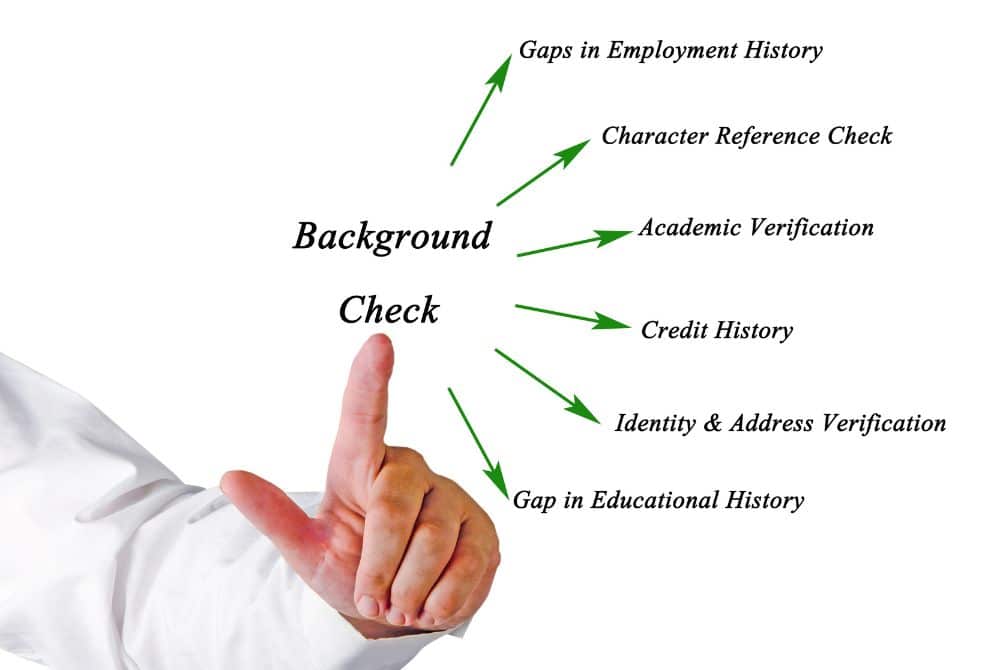In the world of private lending, evaluating borrower financials is a critical step in mitigating risks and ensuring successful loan transactions. Unlike traditional lending institutions, private lenders often have more flexibility in their evaluation process but must still exercise due diligence to protect their investments. In this blog, we’ll explore the various methods and considerations involved in evaluating borrower financials for private lending transactions.

Evaluating Borrower Financials
Assessing the financial health of a borrower is a critical precursor to determining their creditworthiness and mitigating lending risks. It involves a comprehensive analysis of various financial documents, including income statements, balance sheets, and cash flow statements. Evaluating borrower financials provides insights into their ability to generate income, manage expenses, and repay debts. Additionally, examining key financial ratios and indicators helps gauge the borrower’s liquidity, profitability, and solvency. This thorough assessment serves as the foundation for making informed decisions regarding loan approval, interest rates, and loan terms, ultimately ensuring the lender’s prudent risk management and safeguarding the stability of the lending institution.
Credit History and Score
One of the fundamental aspects of assessing a borrower’s financials is reviewing their credit history and score. While private lenders may not rely solely on credit scores as traditional banks do, credit history can provide valuable insights into the borrower’s past financial behavior. Private lenders may place greater emphasis on other criteria, such as income stability, asset value, and the purpose of the loan. This allows for a more holistic evaluation of the borrower’s financial situation. Lenders look for patterns of responsible repayment and any red flags, such as missed payments or defaults.

Income Verification
Verifying a borrower’s income is essential to ensure their ability to repay the loan. Private lenders may request recent pay stubs, tax returns, or bank statements to confirm the borrower’s income sources and stability. Additionally, consider the borrower’s debt-to-income ratio to gauge their financial obligations relative to their income.
Asset Documentation
In addition to income, evaluating a borrower’s assets can provide additional security for the loan. Private lending often involves asset-based lending, where the value of the borrower’s assets serves as collateral for the loan. Unlike traditional lenders, who may rely solely on creditworthiness, private lenders may accept a broader range of assets as collateral, including real estate, vehicles, equipment, and investment accounts. This provides additional security for the loan and expands lending opportunities for borrowers with diverse financial profiles.
Cash Flow Analysis
Analyzing a borrower’s cash flow is crucial to understanding their ability to meet loan obligations. Evaluate their monthly income against expenses to determine their disposable income available for loan repayment. Consider fluctuations in income and any irregular expenses that may impact cash flow.

Debt Profile
Assessing a borrower’s existing debt obligations is essential in determining their capacity to take on additional debt. Request a detailed breakdown of their current debts, including outstanding balances, monthly payments, and interest rates. Calculate their debt-to-income ratio to gauge their overall debt burden relative to their income.
Employment Stability
Stable employment is a key indicator of a borrower’s financial reliability. Verify the borrower’s employment status, including their length of employment, position, and income stability. Consider factors such as industry trends and job market conditions that may affect their employment prospects.

Financial Reserves
Having adequate financial reserves is crucial for borrowers to weather unexpected expenses or economic downturns. Evaluate the borrower’s savings, emergency funds, and investment accounts to assess their financial preparedness. A healthy reserve fund can provide a safety net for the lender and the borrower.
Borrower Background Check
Conducting a background check on the borrower can identify potential red flags or discrepancies in their financial history. Look for past bankruptcies, foreclosures, legal issues, or instances of fraud that may impact their creditworthiness. Additionally, verify the borrower’s identity and address to prevent identity theft or fraud.

Wrapping Up
Evaluating borrower financials in private lending transactions requires a comprehensive approach that considers multiple factors tailored to the unique characteristics of private funding. While traditional lending institutions rely heavily on creditworthiness and standardized underwriting criteria, private lenders have the flexibility to assess a broader range of factors and customize loan solutions to meet the diverse needs of borrowers. By understanding these key differences and leveraging the advantages of private lending, borrowers and lenders alike can navigate the lending landscape more effectively and achieve their financial goals.
At Liquid Logics, we understand the importance of thorough borrower evaluation in private lending transactions. Our innovative loan management platform provides robust tools and features to streamline the lending process and ensure compliance with regulatory requirements. Contact us today to learn more about how Liquid Logics can empower your lending business.
